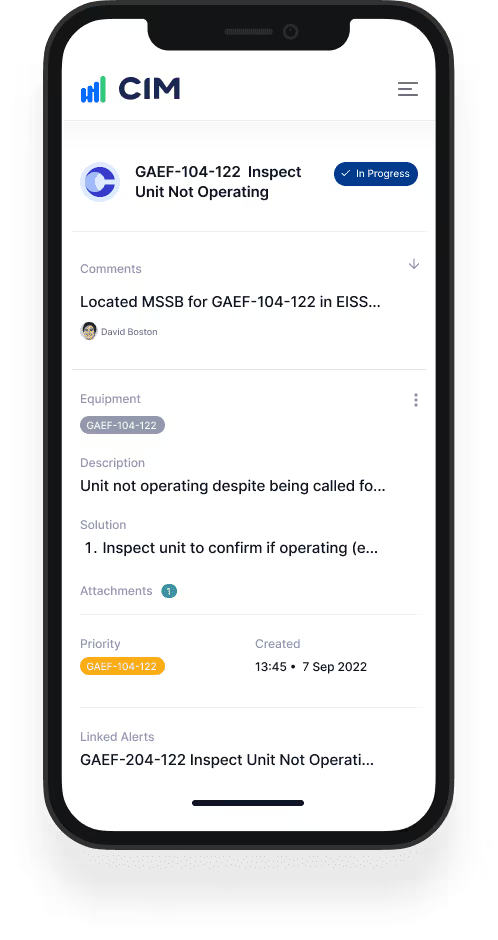Know your building through better data
How PEAK differs from a BMS
Building analytics is different from a traditional BMS. See our comparison table below to learn more.


BMS vs PEAK
How the PEAK Platform differs from a BMS.
A building analytics platform has a very different purpose and capability to a BMS. Combining both can provide insightful data to remove inefficiencies and cost.
BMS
Traditional Building Management Systems
CIM PEAK
Advanced features and reporting, better workflows and automation.
Overview
Purpose
The BMS is designed to operate systems to provide specific building conditions.
PEAK is designed to holistically analyse how these systems perform based on factors such as energy intensity and desired tenant comfort levels.
Design
The BMS operates within the design constraints of the building.
PEAK identifies system design issues with both the controls and mechanical design and suggests how to improve or rectify them
Fault detection & diagnosis
The BMS only identifies issues once they’ve occurred. It raises faults when alarm thresholds have been reached or systems suffer critical breaches.
PEAK identifies any reduction in system performance and notifies you of issues before they turn into faults.
PEAK doesn’t wait for alarm levels to be reached or breached. It analyses systems at the component level to identify any issues that need fixing to enable the system to run most effectively.
PEAK doesn’t wait for alarm levels to be reached or breached. It analyses systems at the component level to identify any issues that need fixing to enable the system to run most effectively.
Manual changes
The BMS regards user adjustments to set-points as a fix to a problem
PEAK identifies when manual adjustments to set-points or equipment create an imbalance to the entire system.
Building data quality
The BMS collects data based on points to determine it’s next control requirement. Can only collect data from systems connected to the BMS. Displays current information about building operations with historical trends.
PEAK calculates virtual points even when meters are not available, allowing for a more in-depth unit analysis. PEAK analyses current and historical data and presents it in an intuitive interface so the user can view a holistic representation of system operations in real-time. This makes the system easier to interpret enabling faster decision making based on component-level facts
Fault prioritisation
The alert system triggers faults based on breaches of thresholds and setpoints. Fault volume—the volume of “faults” triggered within a complex multi-point system—can become overwhelming to the point they are ignored until an issue is raised by tenants.
PEAK enables proactive identification, prioritisation and impact assessment by analysing fault frequency and duration as well as other factors such as the building’s energy cost, tenant comfort and equipment lifecycle impact
Control logic
Operates within the barriers of the programmed control logic.
PEAK analyses the control logic on each controller to ensure it is operating most efficiently. It also flags any faults and suggests solutions to fix these faults
Independence
At times a BMS provider may push to upgrade the existing system.
PEAK analyses the existing BMS to ensure the most benefit is being generated before upgrades are required
Basic
Popular
$96 /year
Basic features for up to 10 employees with everything you need.
Business
$192 /year
Advanced features and reporting, better workflows and automation.
Enterprise
$384 /year
Personalised service and enterprise security for large teams.
Overview
Basic features
Users
10
20
Unlimited
Individual data
20GB
40GB
Unlimited
Support
Automated workflows
200+ integrations
Reporting and analytics
Analytics
Basic
Advanced
Advanced
Export reports
Scheduled reports
API access
Advanced reports
Saved reports
Customer properties
Custom fields
User access
SSO/SAML authentication
Advanced permissions
Audit log
Data history
Ready to transform your building operations?
Unleash the power of the PEAK Platform and achieve best-in-class performance metrics.
Powering property teams in these world leading companies.































